Reviews
Man Behind the Sun / Black Sun 731
T.F. Mous
China, 1986
Credits
Review by David Carter
Posted on 20 October 2013
Source World Video & Supply, Inc. DVD
Categories 31 Days of Horror X
The Empire of Japan signed a conditional surrender document on the deck of the USS Missouri on September 2, 1945, formally ending the Second World War. The document also marked the end of the Second Sino-Japanese War, a conflict between China and Japan that had begun in 1937 and was later incorporated into the international struggles of World War II. At the height of the conflict, Japan controlled the Korean peninsula, Taiwan, Hong Kong, Shanghai, and Manchuria. It is in that latter region in which T.F. Mous’ historical drama Men Behind the Sun takes place.
Set in the waning days of the war, Men Behind the Sun is the story of Lieutenant General Shiro Ishii’s Unit 731, a chemical and biological warfare research group. Unit 731 was responsible for war crimes involving human experimentation equal to those committed by the Nazis, yet it would be decades after the close of the war before the full extent of these atrocities would be fully known, the result of a concerted effort on the part of the Japanese and American governments to keep them from the public.
Lt. General Ishii returns to lead the 731 in February 1945 after previously having been relieved of command amid charges of corruption. Ishii wastes little time punishing those who previously opposed him and reiterates to the remaining staffers the importance of chemical and bio-weapons to the Japanese war effort. The primary task of Unit 731 is to develop weaponized strains of bubonic plague and a delivery system to allow them to be deployed via projectiles. Ishii solves the latter problem by developing ceramic shell casings to prevent its contents, contaminated fleas, from being incinerated when launched. 731 conducts other experiments into extreme temperatures and sonics, all perfumed on Chinese and Russian prisoners they refer to as “meruta”—Japanese for logs. As the end of the war draws near, Ishii and the 731 begin increasing the frequency and severity of the experiments in hopes of finding something to turn the tide in Japan’s favor. They are instructed to retreat after the bombings of Hiroshima and Nagasaki, and Ishii orders the men to destroy all of their data to prevent it from falling into the hands of the Russians.
Men Behind the Sun utilizes a quasi-documentary format, as dramatic segments are framed by sections of historical footage and on-screen text to give context. The film utilizes documented events as its basis, but does flesh out the story with some fictional characters and invented episodes. I would classify the film as anti-narrative despite these additions, however, as it is consciously constructed in such a manner to prevent the audience from making a direct connection with the characters or events. Men Behind the Sun moves in fits and starts, moving between scenes of character development to dialogue-less passages of horrific violence without a smooth transition, only a sudden cut from innocuous to transgressive. The effect is to keep the viewer in a state of unease regardless of what is on screen. The mundane is fraught with tension, as the audience knows these are only brief respites from the terror.
Unit 731’s mission was, simply put, to find new ways to destroy the human body. Men Behind the Sun’s filmic mission is the same, and the film is notorious for its graphic and unflinching depictions of gore. These scenes are primarily realized through poor special effects work that was considerably less sophisticated than the state-of-the-art in 1986. These scenes are far more powerful than those more polished images, however; Men Behind the Sun uses its basis in reality as leverage to impart more weight to these images, allowing these scenes to affect the viewer in a manner that transcends its crude manufacture. The famous scene where a woman’s arms are frozen then de-gloved of skin is especially glaring in its forgery, yet it is something that would not be noticed during an initial viewing, such is the impact of the mise en scene.
There is a particular scene in Men Behind the Sun that is deeply upsetting on both a narrative and visual level: the autopsy of a young boy. Within the context of the film, the boy is a mute Chinese villager that the Youth Corps of Unit 731 befriends and is symbolic of their last remaining vestiges of humanity. The Unit 731 doctors anesthetize then dissect him in order to have healthy organs on which to perform experiments. The reality of the scene is perhaps more shocking. Director Mous worked with local authorities and got the actual corpse of a recently deceased boy—the entirety of the scene is a real autopsy, performed solely for the purpose of being included in the film. The graphic nature of the scene is disturbing even without this knowledge, given that it is a fictional representation of event that occurred frequently in Unit 731. This ballasting of fiction with reality sets Men Behind the Sun apart from its extreme horror peers like Cannibal Holocaust, giving it an intensity seldom found in film.
As Men Behind the Sun lacks a definitive narrative structure, its events only begin to march towards a conclusion after the atomic bombings of Japan. It is more apt to say that film simply ends rather than concludes, and Mous refuses to allow the viewer any type of closure or even a glimmer of hope. The film’s two concluding events — a woman dying in childbirth and a Chinese boy impaled on a Japanese flag — clearly signal Mous’ opinion that Unit 731 is still an unresolved issue. On-screen text prior to the credits gives the factual details of Shiro Ishii’s life after the end of the war. In 1946, Ishii was given immunity from war crimes prosecution from the American Occupational Force in exchange for the data acquired through human experimentation. By 1952, Ishii was a part of the United Nations Command forces during the Korean War, a conflict which saw outbreaks of meningitis, cholera, and bubonic plague in China and North Korea. Although Men Behind the Sun was initially met with outrage in Japan, the country now acknowledges the commission of war crimes by Unit 731.
Men Behind the Sun’s most admirable quality — if any could be attributed to it — is that avoids devolving into exploitation. The film’s closest analogue would be the Naziplotation film, a subgenre typified by its exploitive trappings and focus on the prurient rather than reality. Men Behind the Sun has no such motives. Its goal is not to entertain or titillate. It is a political statement, Mous’ attempt to tell a story that others have attempted to suppress. Men Behind the Sun features graphic murder and a level of gore that surpasses all but the most extreme cinema, yet its most transgressive feature is ultimately its basis in truth.
More 31 Days of Horror X
-

Safe
1995 -
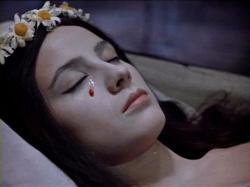
Viy
1967 -
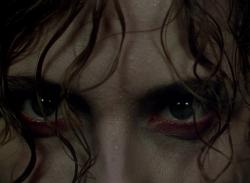
Black Narcissus
1947 -

Possession
1981 -

Carrie
1976 -

The Devils
1971 -
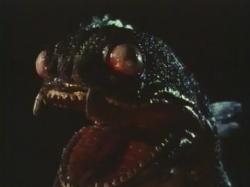
The Sea Serpent
1984 -

The Dark Half
1993 -

The Baby
1972 -
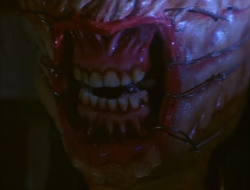
Hellraiser
1987 -

The White Reindeer
1952 -
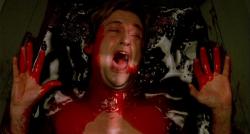
The Serpent and the Rainbow
1988 -
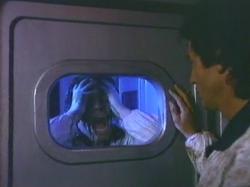
Endless Descent
1989 -

Prom Night
1980 -

Night Train Murders
1975 -
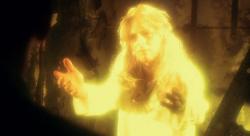
God Told Me To
1976 -

In a Child’s Name
1991 -

Beasts
1976 -

Prom Night II
1987 -
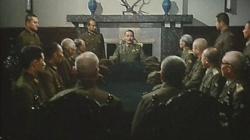
Men Behind the Sun
1986 -
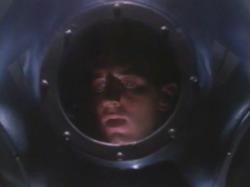
DeepStar Six
1989 -
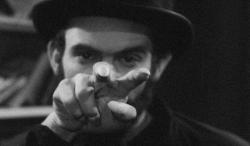
At Midnight I’ll Take Your Soul
1964 -
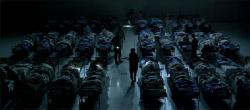
They Came Back
2004 -
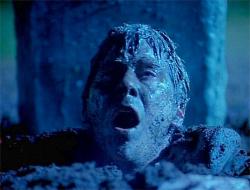
Buried Alive
1990 -
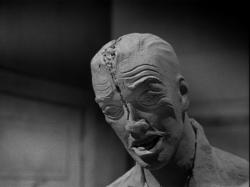
A Bucket of Blood
1959 -

Buffy the Vampire Slayer
1992 -
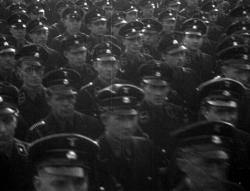
Night and Fog
1956 -
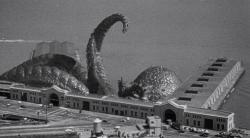
It Came From Beneath the Sea
1955 -
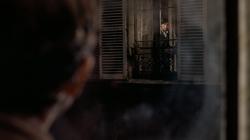
The Tenant
1976 -

Tokyo Gore Police
2008 -

The Rocky Horror Picture Show
1975
We don’t do comments anymore, but you may contact us here or find us on Twitter or Facebook.



